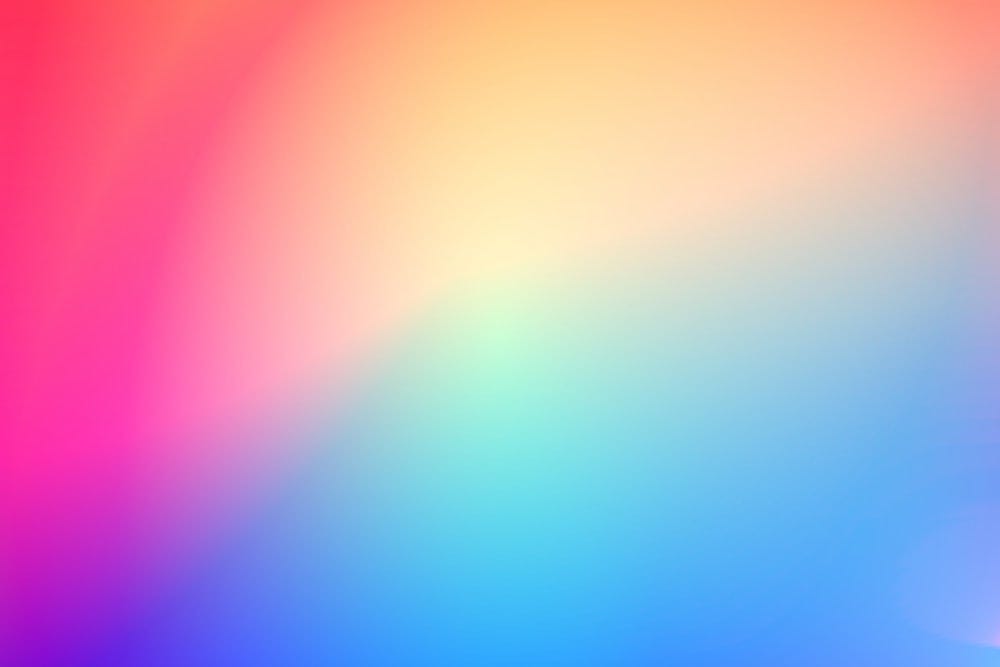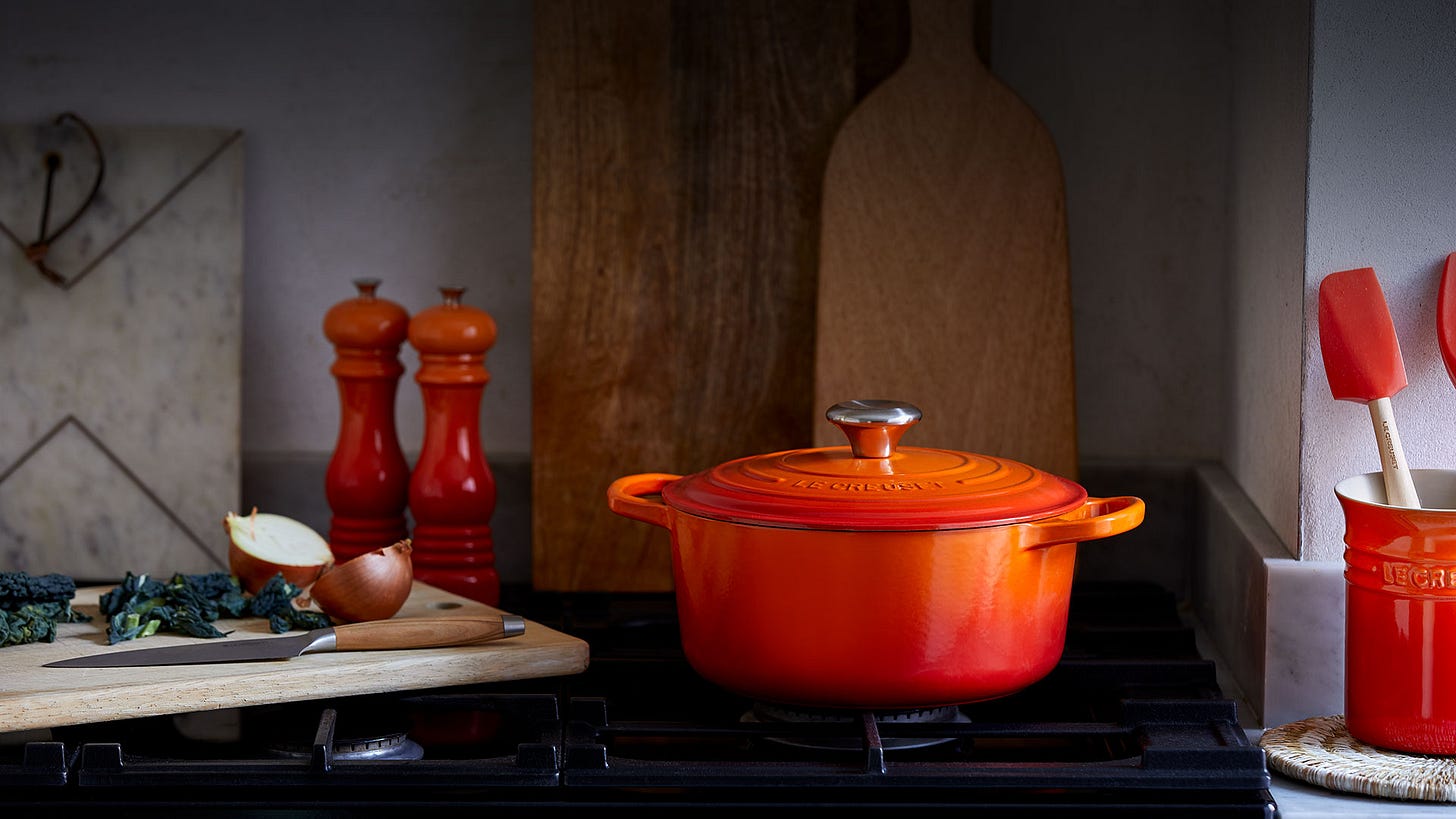This week’s Design Lobster has a slinky visual theme. We’re examining what’s behind the popularity of gradients in digital design, plus a product bringing you a rich gradient to every meal. A feast for your eyes 🌈🤤
✨Enjoying Design Lobster? Please share it with a friend, colleague or fellow designer.
Question: Why are gradients everywhere on the internet?

Over the past three or four years, digital design has seen the return of a particular kind of visual styling - the gradient. Though they come in different varieties, in basic terms a gradient is a collection of two or more colours that have been smoothly blended. The resulting mist of colours has a sense of depth which solid colours lack, having an atmospheric or watery quality that somehow evokes serenity.
Gradients are by no means a new thing. The recent trend harks back to examples in multimedia from the 90s and 80s. I think their increasing ubiquity now though can be understood both as a reaction to the so-called “flat design” of the past decade but also in the context of the increasing time we are dwelling in digital environments. More than anything else, I see gradients as a kind of sky, a sunrise or sunset that we have brought to our interfaces to help us feel more at home there.
Design takeaway: How are you making people feel at home in your design?
🎨 Make your own mesh gradient here.
Object: Le Creuset Cocotte
One company that has used the power of the gradient in its designs is French cookware manufacturer Le Creuset. Established in 1925 in Northern France, their range of cast-iron casserole dishes and pans are enamelled in a wide range of expressive gradients – the most famous being the rich lava-like hue known as Volcanique or Flame - shown in the picture above. Enamelling is a process that binds a layer of glass to cast metal under extreme heat, and Le Creuset founders Armand Desaegher and Octave Aubecq were among the first to use pigments reliably in this process, leading to the company’s great success and longevity.
As shown in the video linked to below, during manufacture each cocotte pirouettes on a stand whilst a nozzle sprays the coloured liquid enamel on, before firing occurs in a huge oven. Once fired, the cookware is rust-proof and washable, the fused glass layer also helping to distribute heat well during use. Somehow, I think the gradients of Le Creuset cookware positively invite you to start cooking in a way which a plain black or metal utensil simply don’t.
Design takeaway: Could a gradient bring some personality to your design?
▶️ Watch cocottes being made in the Le Creuset factory here
Quote: “Design for joy!”
– Suhasini Paul
Suhasini Paul is a toy designer behind various Kinder Egg and Disney creations. I thought her quote would be a nice accompaniment to the joyful blended colours in this week’s issue.
Whatever you do, design for joy this week.
Ben 🦞
Enjoyed this week’s Design Lobster? Let me know by clicking the heart button.
👇





Nice Article. Would like to share one of the similar tools I made to generate mesh gradients. https://meshgradient.in
Great one Ben!